With the development of modernization, rock wool production lines have become an indispensable part of the production of building materials.
Advantages of Rock Wool Production Line
Compared to traditional production methods, rock wool production lines have many advantages. Rock wool production lines can achieve automated production with higher production efficiency. Due to machine operation, labor costs are significantly reduced, and the production cycle is shortened, thus meeting market demands more quickly.
Rock wool is a good sound insulation, thermal insulation, and fire-resistant material, which can greatly reduce the energy consumption of houses. During the production process, rock wool production lines also adhere to the concept of energy saving, for example, wind conveying technology can be used to reduce energy consumption. Rock wool itself is an environmentally friendly material that does not contain harmful substances such as formaldehyde. The automated production of rock wool production lines effectively avoids the generation of industrial wastewater and solid waste, reducing the environmental burden.
The automated production of rock wool production lines effectively avoids the impact of human factors on product quality. Uniform production standards and processes ensure the stability of product quality, giving rock wool a certain reputation and credibility in the market. Rock wool is a multifunctional building material that can be used for sound and thermal insulation of roofs, walls, and floors. As the construction industry develops and the demand for environmental protection and energy saving increases, the application range of rock wool is also expanding. Rock wool production lines can produce rock wool in different specifications to meet various building needs.
In summary, rock wool production lines have many advantages, not only improving production efficiency and reducing production costs but also contributing to environmental protection and energy savings, thus drawing industry attention. A rock wool production line is specialized equipment for producing rock wool products. Its basic principle is to melt natural mineral fibers such as basalt at high temperatures, spin them into fine fibers, and then form various specifications of insulation, soundproofing, fireproofing, and thermal insulation products through processes like expansion and curing.
The Production Process of Rock Wool Production Line
The rock wool production line first needs to prepare the raw materials, usually turning natural minerals like basalt into powder, which is then processed into rock wool fibers through melting and spinning. The raw rock wool material is heated to high temperatures to melt it, and then the molten material is ejected by centrifugal force at high speeds to form fine fibers, which are then processed by textile machinery for drawing, bonding, and other treatments to form uniform rock wool fibers.
Next is the curing stage, where the rock wool fibers are conveyed into a curing furnace for heat treatment. Factors such as temperature and humidity are controlled by equipment like fans to form a honeycomb-like structure inside the rock wool fibers, thereby achieving the respective thermal insulation, soundproofing, fireproofing, and other properties. The cured rock wool products then need to be cut, processed, and formed into various shapes and specifications of insulation, soundproofing, fireproofing, and thermal insulation products to meet market demands, followed by packaging, labeling, and storage operations.
The waste generated during the production process also needs to be treated, usually by crushing, compressing, and recycling to make full use of it and reduce waste. To ensure the quality and performance of rock wool products, they need to undergo strict testing and inspections, such as thermal conductivity, water absorption, and tensile strength tests. Quality control is also required to ensure that the raw materials, processes, and equipment used in the production process meet standards and requirements. In short, the principle of the rock wool production line is to use natural rocks and other minerals as raw materials, producing various specifications of rock wool products through melting, spinning, curing, and cutting, which are then applied in construction, decoration, energy-saving, and environmental protection fields. By mastering the principles of the rock wool production line, one can better understand the production and manufacturing process of this industry.


 CN
CN
 EN
EN
 fr
fr  de
de  es
es  it
it  ru
ru  pt
pt  ar
ar  th
th  pl
pl  ro
ro 

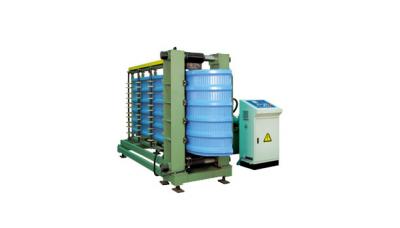
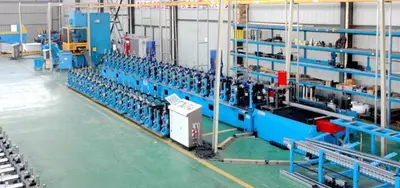
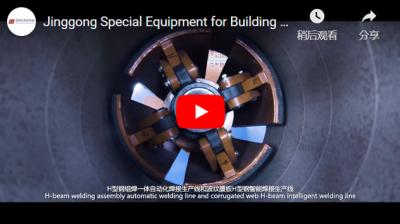
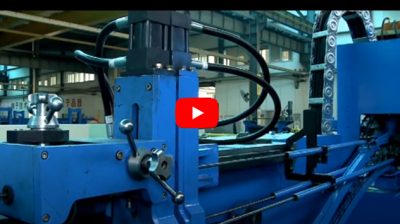
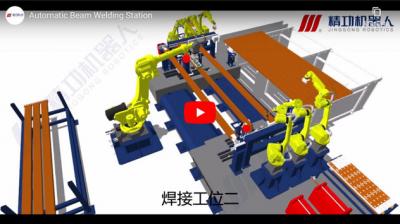

 Call us on:
Call us on:  Email Us:
Email Us:  #1809, Jianhu Rd, Keqiao, Shaoxing, Zhejiang, China
#1809, Jianhu Rd, Keqiao, Shaoxing, Zhejiang, China 